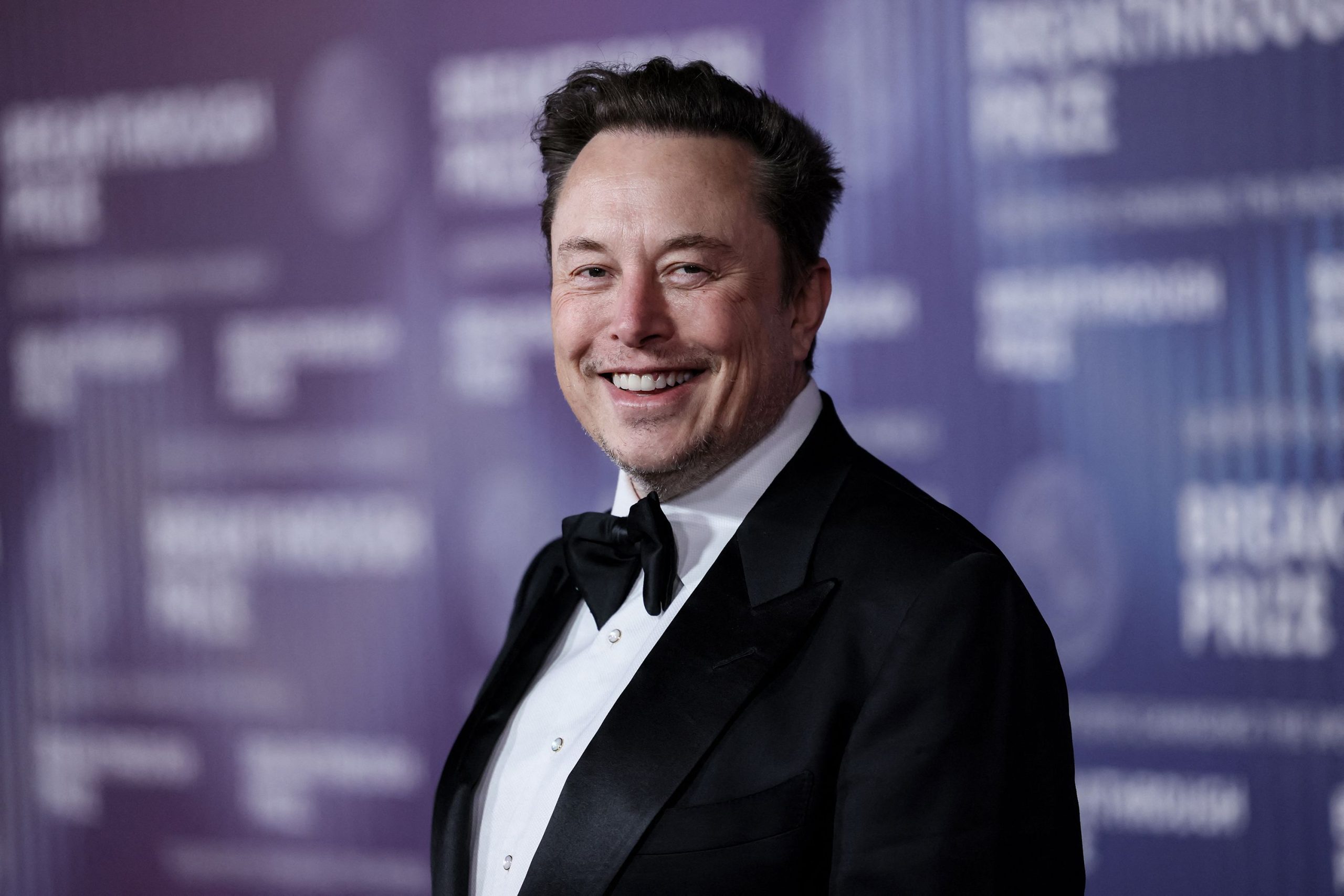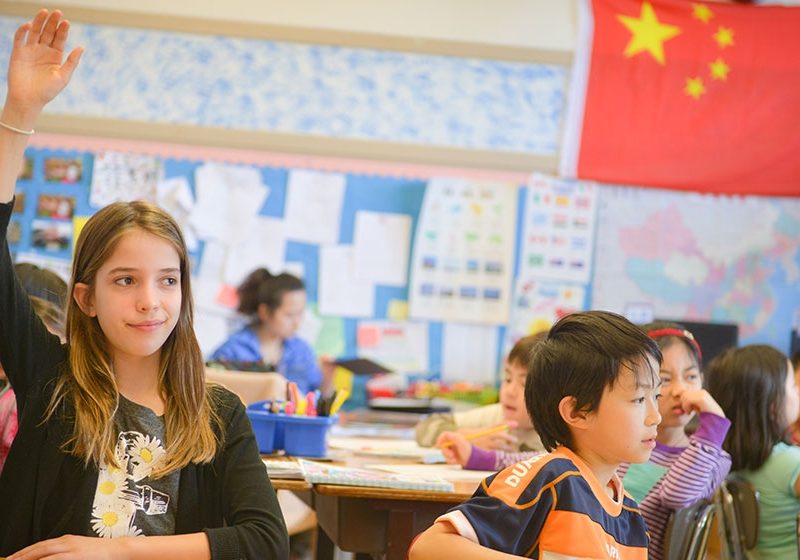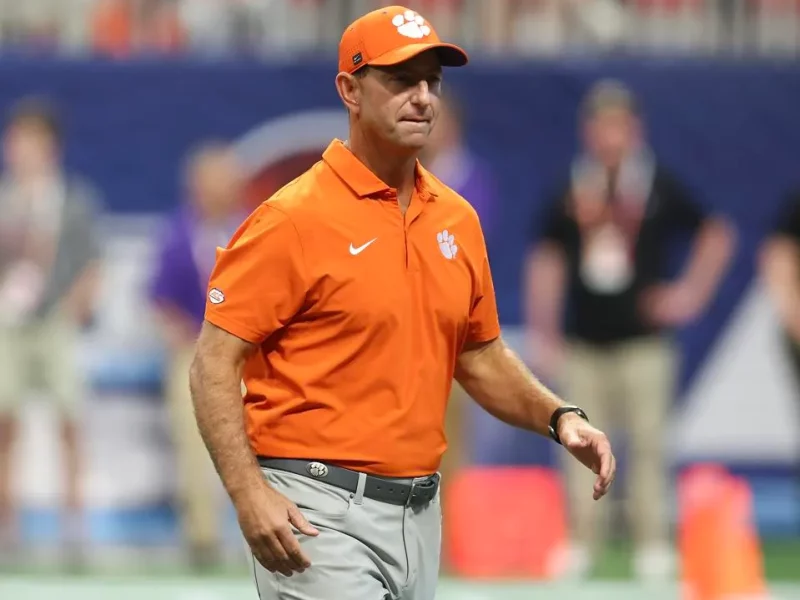Tesla CEO Elon Musk has officially confirmed that Tesla robotaxis will begin operating on Austin roads in June, marking a major step forward in the company’s autonomous vehicle ambitions. The announcement was made during a recent shareholder meeting, and while Musk’s timelines are often ambitious, this one appears locked in. Here’s what we know so far—and what Austin residents can expect.
What Are Tesla Robotaxis?
Tesla robotaxis are fully autonomous vehicles designed to operate without a human driver. Unlike conventional Teslas that offer driver-assist features like Autopilot and Full Self-Driving (FSD), these robotaxis are intended to be 100% self-driving from pick-up to drop-off. Think Uber, but without the driver.
The vehicles will be electric, AI-powered, and linked through a Tesla-operated ride-hailing network. Musk has pitched the service as a future where Teslas can generate passive income for their owners by acting as autonomous taxis when not in use.
Why Austin?
Austin is no stranger to emerging tech, especially with Tesla’s Gigafactory located just outside the city. With its fast-growing infrastructure, tech-savvy population, and supportive local government, Austin is an ideal testing ground for Tesla robotaxis.
In recent years, Austin has also become a magnet for other autonomous vehicle tests, with companies like Waymo and Cruise conducting trials in the area. Tesla entering this market only ramps up the race.
What’s the Timeline?
According to Musk, Tesla robotaxis will begin appearing on Austin roads in June 2025. The initial rollout will likely be limited to controlled zones, possibly around downtown and high-traffic areas like the Domain or South Congress. These zones are easier for AI to navigate and are perfect for gathering real-world data.
Regulatory approval and safety assessments remain key hurdles, but Musk stated Tesla has been working closely with Texas transportation officials to ensure a smooth rollout.
What This Means for Austin
The arrival of Tesla robotaxis on Austin roads brings up a few big questions—privacy, job disruption, and, of course, safety. While Musk claims the technology is safer than human drivers, skeptics want to see more data before fully embracing autonomous transportation.
If successful, this launch could change how Austinites commute. It could also drive conversations around public transport alternatives, carbon emissions, and even city planning.
Final Thoughts
Whether you’re excited, skeptical, or just curious, one thing’s clear: Tesla robotaxis in Austin are no longer a “someday” idea—they’re coming next month. Elon Musk’s vision of an autonomous future is now rolling onto the streets of Texas’ capital. All eyes are on Austin to see how the experiment unfolds.



